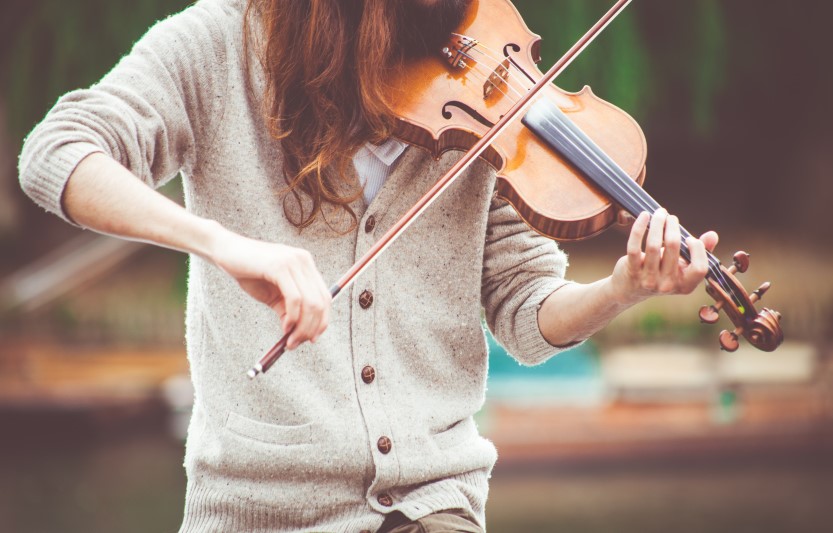
As a beginner, there are certain challenges you’re bound to encounter when playing the violin.
Correct posture, proper handling of your instrument, and general maintenance are all things you need to get familiar with as you progress as a musician.
Here are some violin tips on how to deal with common problems. Though these tips and techniques won’t make you a professional violinist overnight, practice helps in order to execute it well.
Correct Posture
Proper posture determines your playing personality and the playability of the violin. There is technically no right form, but habits such as slouching can impact the sound you produce. Over time, poor posture can also cause joint and spine problems.
Be sure that your hands are relaxed, and that your elbow and wrist are in a comfortable position – that is how you will know that you are doing it right. Be stable, comfortable, and relaxed.
Violin Fittings
Each part of a violin requires the right fittings – not too tight and not too loose. When you are experiencing problems regarding this, you might want to adjust some parts. Tuning pegs, just like the ones on guitars, are used to adjust the strings of the violin to reach the correct tune. Tail guts, which are found on the other end of the violin strings, serve as the anchor for the strings and play an essential role in the tuning process as well. It’s also important that you select a shoulder and chin rest that fits your body – you can fine-tune these fittings according to your preference.
Various Bow Rehair
Violinists commonly experience problems with the bow hair. One instance is bow warping. When a bow warps on one side, do not panic. This is most likely due to a change in the climate. Straightening it out helps the bubble go back from its placement. It can be done by carefully waring the bow with an alcohol lamp until it’s back on its shape.
Temperature and Proper Storage
Also, make sure to properly store your instrument. Temperatures that are around 70 degrees Fahrenheit are the most ideal for violins. Keep in mind that it should also not be exposed to extreme humidity. Keep it secure by putting it in a hard case especially when not in use.
A final thought: the violin might be one of the hardest string instruments to learn, especially in the early stages. So the final of our violin tips is to just be patient with yourself and not be discouraged. It will take a while for you to sound good with this instrument so just enjoy yourself and keep on practising!


